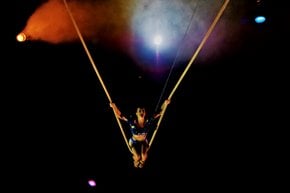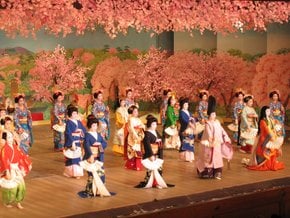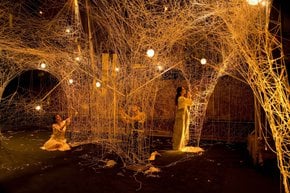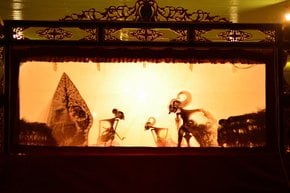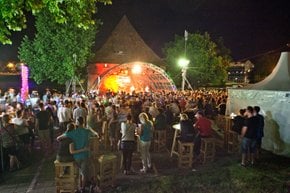Wayang Kulit Puppet Theatre in Indonesia 2025-2026
This art from ancient times is fascinating even without understanding the language—enjoy the music and the mysterious dance of shadows!
Best time: all year round
Though more than 1,000 years old, this performance still sticks to most of the ancient rituals and topics as in antiquity. 'Wayang' in Indonesian means 'puppet', but it is also used for referring to the theatre in general.
Wayang Kulit is a puppet shadow theatre that was inscribed in the UNESCO Intangible Heritage of Humanity list. There are two kinds of puppets used for the performance—three-dimensional wooden and flat leather puppets, but both of them are used to create shadow projections on a screen, and both have very detailed features, facial expressions, and clothing.
A puppeteer or dalang uses wooden sticks to control the characters, while many singers and musicians accompany the performance with songs and melodies. Most of the scenes showcase various Hindu epics about the never-ending fights between gods and kings, good and evil.
Wayang Kulit puppet theatre stems from Java's cultural traditions and is therefore known as Javanese shadow theatre. Today it's popular in Yogyakarta, Central Java and East Java, but also in Bali.
You may still witness performances held in Java on feast days. In particular, Wayang Kulit performances are held on a regular basis at the Palace of Yogyakarta and Keraton Solo.
Being very popular in the past, Wayang Kulit puppet theatre is unfortunately in decline as not so many young people want to visit such performances. Therefore, all-night plays were shortened to just two hours. Interestingly, once men could watch Wayang Kulit only from in front of the screen, while women, on the contrary, sat behind and saw the orchestra as well as coloured puppets manipulated by a dalang. The custom is no longer live, and both men and women are free to watch the plays from whichever side they prefer.



























